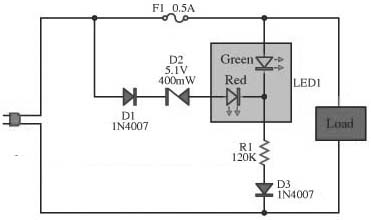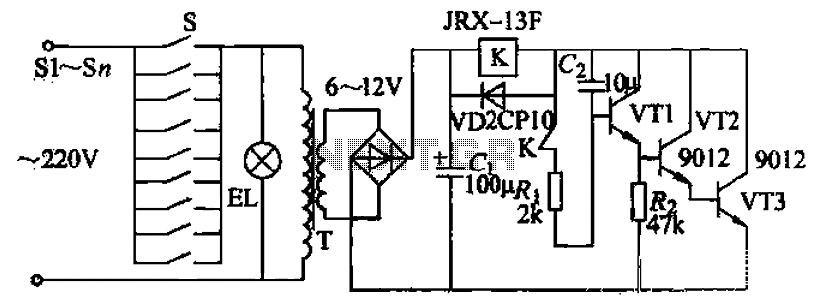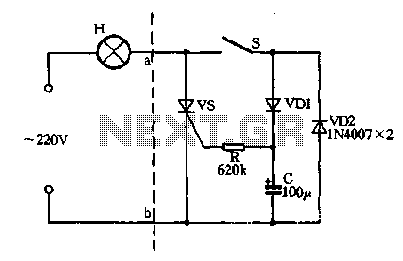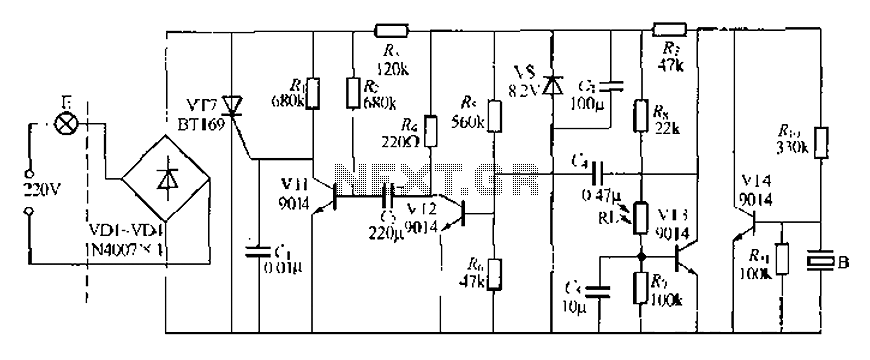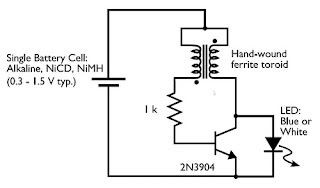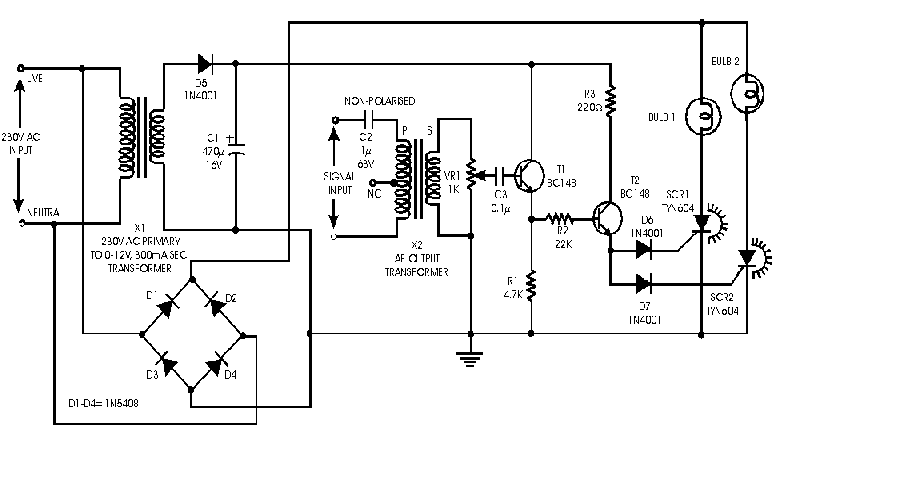
Silvia Fog Light Rewire
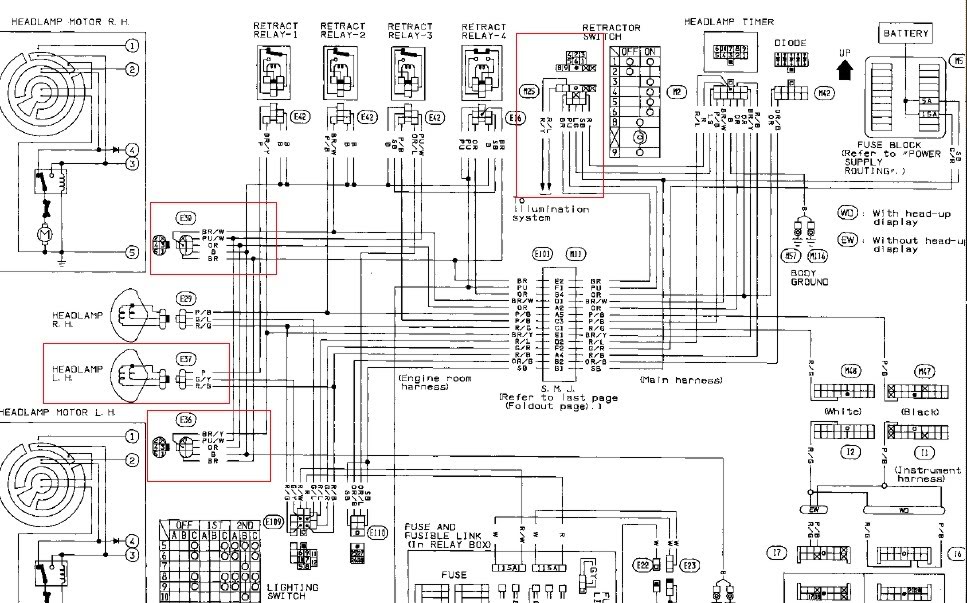
A decision is being made regarding the wiring of fog lights. There are examples of individuals connecting them directly to the low beam.
Fog lights are auxiliary lights designed to illuminate the road immediately in front of a vehicle, providing enhanced visibility in adverse weather conditions such as fog, rain, or snow. When wiring fog lights, several methods can be employed, with one common approach being to connect them to the low beam headlights. This method ensures that the fog lights operate in conjunction with the vehicle's low beam headlights, providing a consistent lighting pattern without overwhelming oncoming drivers.
To implement this wiring method, the following components are typically required: fog lights, a relay, wire harnesses, and appropriate connectors. The relay is crucial as it allows the fog lights to draw power directly from the vehicle's battery while being controlled by the low beam circuit. This prevents excessive load on the low beam circuit and ensures reliable operation.
The wiring process begins with the installation of the fog lights, which should be mounted securely to the vehicle's front end. Next, a wire harness is run from the fog lights to the relay, which is positioned near the vehicle's battery for easy access. The relay is then connected to the low beam circuit, typically by tapping into the low beam wire using a splice connector. This connection will activate the relay when the low beams are turned on, allowing current to flow to the fog lights.
It is essential to ensure that all connections are secure and insulated to prevent short circuits. Additionally, the fog lights should be aimed correctly to avoid blinding other drivers while maximizing visibility for the driver. Proper installation and wiring of fog lights not only enhance safety but also comply with legal regulations regarding their use on public roads.I was sitting around trying to decide how to wire my fog lights up. I`ve seen people wire them directly off the low beam or.. 🔗 External reference
Fog lights are auxiliary lights designed to illuminate the road immediately in front of a vehicle, providing enhanced visibility in adverse weather conditions such as fog, rain, or snow. When wiring fog lights, several methods can be employed, with one common approach being to connect them to the low beam headlights. This method ensures that the fog lights operate in conjunction with the vehicle's low beam headlights, providing a consistent lighting pattern without overwhelming oncoming drivers.
To implement this wiring method, the following components are typically required: fog lights, a relay, wire harnesses, and appropriate connectors. The relay is crucial as it allows the fog lights to draw power directly from the vehicle's battery while being controlled by the low beam circuit. This prevents excessive load on the low beam circuit and ensures reliable operation.
The wiring process begins with the installation of the fog lights, which should be mounted securely to the vehicle's front end. Next, a wire harness is run from the fog lights to the relay, which is positioned near the vehicle's battery for easy access. The relay is then connected to the low beam circuit, typically by tapping into the low beam wire using a splice connector. This connection will activate the relay when the low beams are turned on, allowing current to flow to the fog lights.
It is essential to ensure that all connections are secure and insulated to prevent short circuits. Additionally, the fog lights should be aimed correctly to avoid blinding other drivers while maximizing visibility for the driver. Proper installation and wiring of fog lights not only enhance safety but also comply with legal regulations regarding their use on public roads.I was sitting around trying to decide how to wire my fog lights up. I`ve seen people wire them directly off the low beam or.. 🔗 External reference
